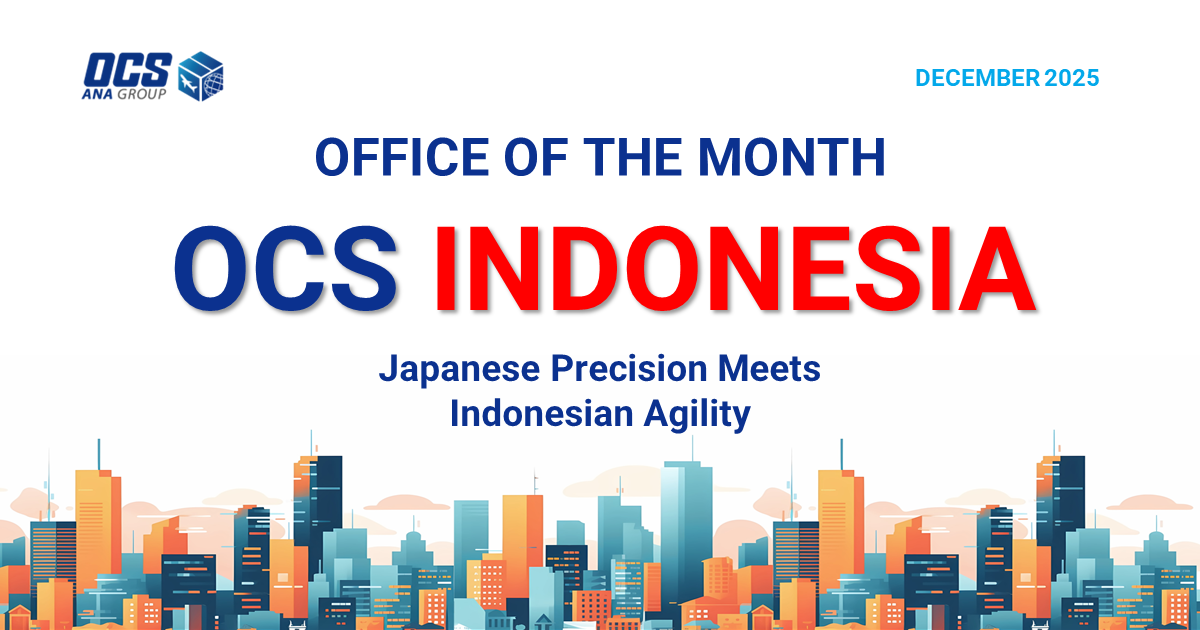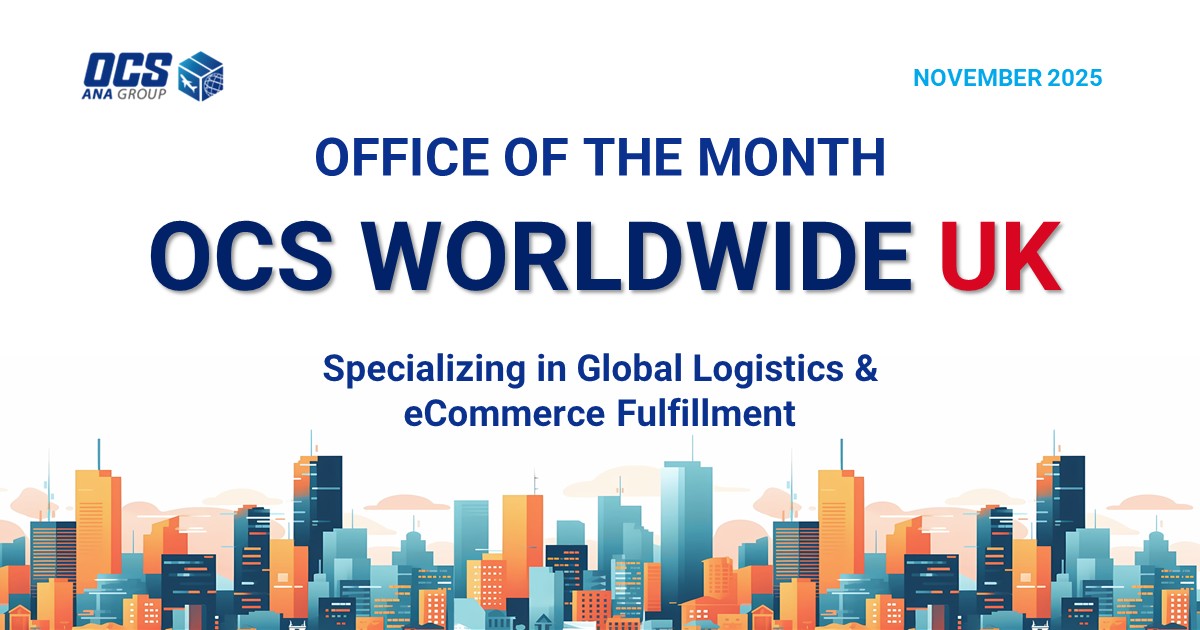Fashion Logistics, How Does It Play an Important Role in the Fashion Industry?
Fashion logistics involves the management and coordination of the supply chain processes specific to the fashion sector, including the transportation, warehousing, and distribution of clothing and accessories. It ensures that products are delivered efficiently from manufacturers to retailers and ultimately to consumers, maintaining the quality and timeliness that the fast-paced fashion industry demands. It is highly time sensitive due to rapidly changing and seasonal fashion trends.
What Are the Common Problems of Fashion Logistics That Companies Often Face?
Some of the frequent challenges include managing the complexities of a global supply chain, dealing with unpredictable demand fluctuations, ensuring timely delivery amidst tight deadlines, and maintaining cost efficiency. Unexpected issues such as customs regulations, environmental concerns, and the need for sustainable practices add layers of complexity to fashion logistics.
What Is Needed for Fashion Logistics to Operate Successfully?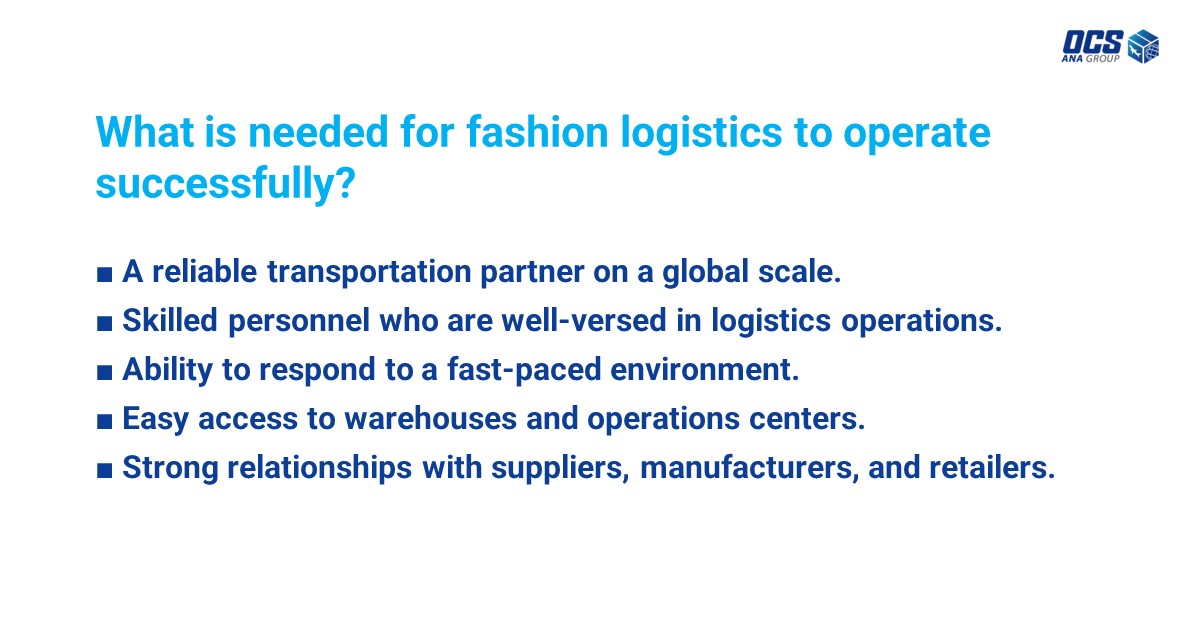
To ensure the seamless operation of fashion logistics, several key elements must be in place. Having a network of reliable transportation partners is recommended to guarantee timely and efficient movement of goods across various regions. Skilled personnel who are well-versed in logistics operations and possess the ability to adapt to the fast-paced nature of the fashion industry are also important. Furthermore, fostering strong relationships with suppliers, manufacturers, and retailers ensures smooth collaboration and communication throughout the supply chain, ultimately contributing to the successful operation of fashion logistics.
Optimizing Your Supply Chain for Success
A well-planned supply chain can bring a variety of benefits to your fashion brand, not only in terms of cost savings, but also in improving overall operational efficiency and customer satisfaction. Some recommended solutions include
- Implementing Just-in-Time (JIT) Inventory Management:
This approach aims to reduce waste by producing goods only as required. It can help minimize storage costs and eliminate the risk of overproduction. JIT aims to receive materials and produce goods only when they are needed. This means that raw materials arrive just in time for production and finished products are completed just in time for delivery.
- Building Strong Relationships with Suppliers:
A strong supplier relationship can ensure consistent quality and timely deliveries. Regular communication, fair dealings, and long-term contracts can help foster such relationships.
OCS Presence in the Heart of the World’s Apparel Industries
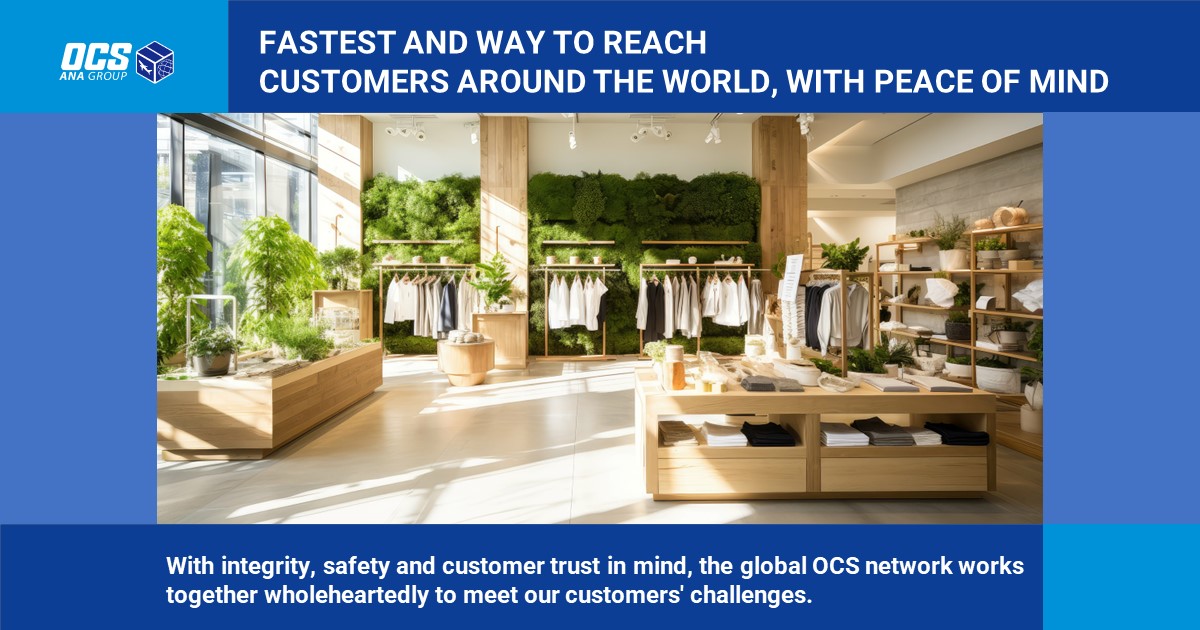
OCS is internationally recognized with offices in India, China, Bangladesh and Vietnam. These locations are considered strategic regions for textile, apparel and fashion manufacturing. Our global presence in these key manufacturing hubs provides companies with distinct advantages. It enables us to provide unparalleled services to companies operating in these sectors.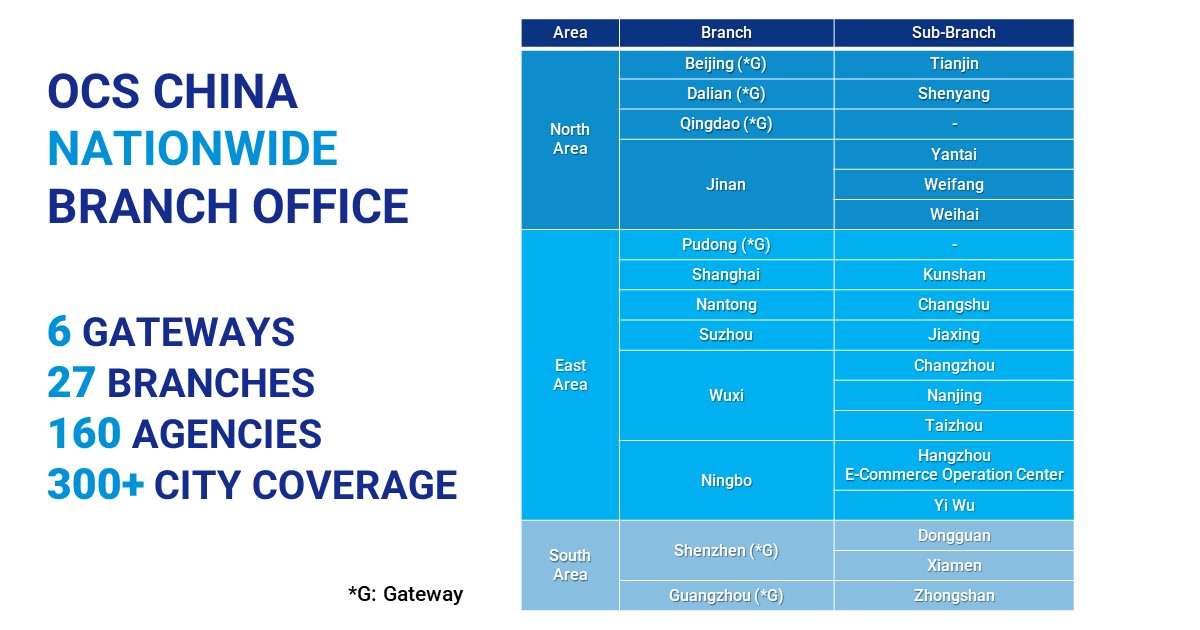
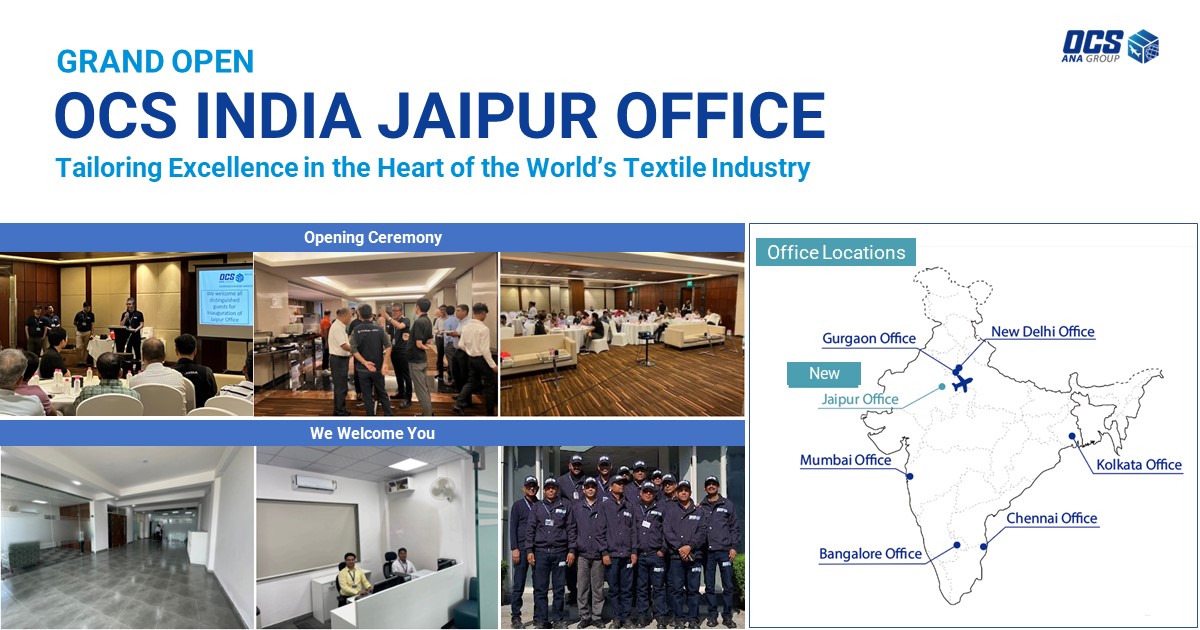
Companies can benefit from our strategically located offices. Being close to major manufacturing hubs allows us to provide seamless updates and quick responses to our clients' needs. Our presence in these regions also means that we have a deep understanding of local culture, business practices and regulations, which can give our clients a competitive edge.

Conclusion
Supply chain management is a strategic imperative for logistics managers in the fashion industry. With the right strategies and technologies, you can overcome common challenges, reduce costs, increase efficiency, and improve customer satisfaction. By continually evaluating and improving your processes, you can keep pace with the rapidly changing fashion industry and gain a competitive edge. With years of experience and specialization in fashion logistics, OCS can help companies reach their customers worldwide, with peace of mind.
For more information
■ About Express Service: Read more
■ About IEX Logistics: Read more
■ OCS Global Network: Office locations
■ Case Study: (TBD)
Visit OCS Official Global Social Media






.jpg)
.jpg)
.jpg)
